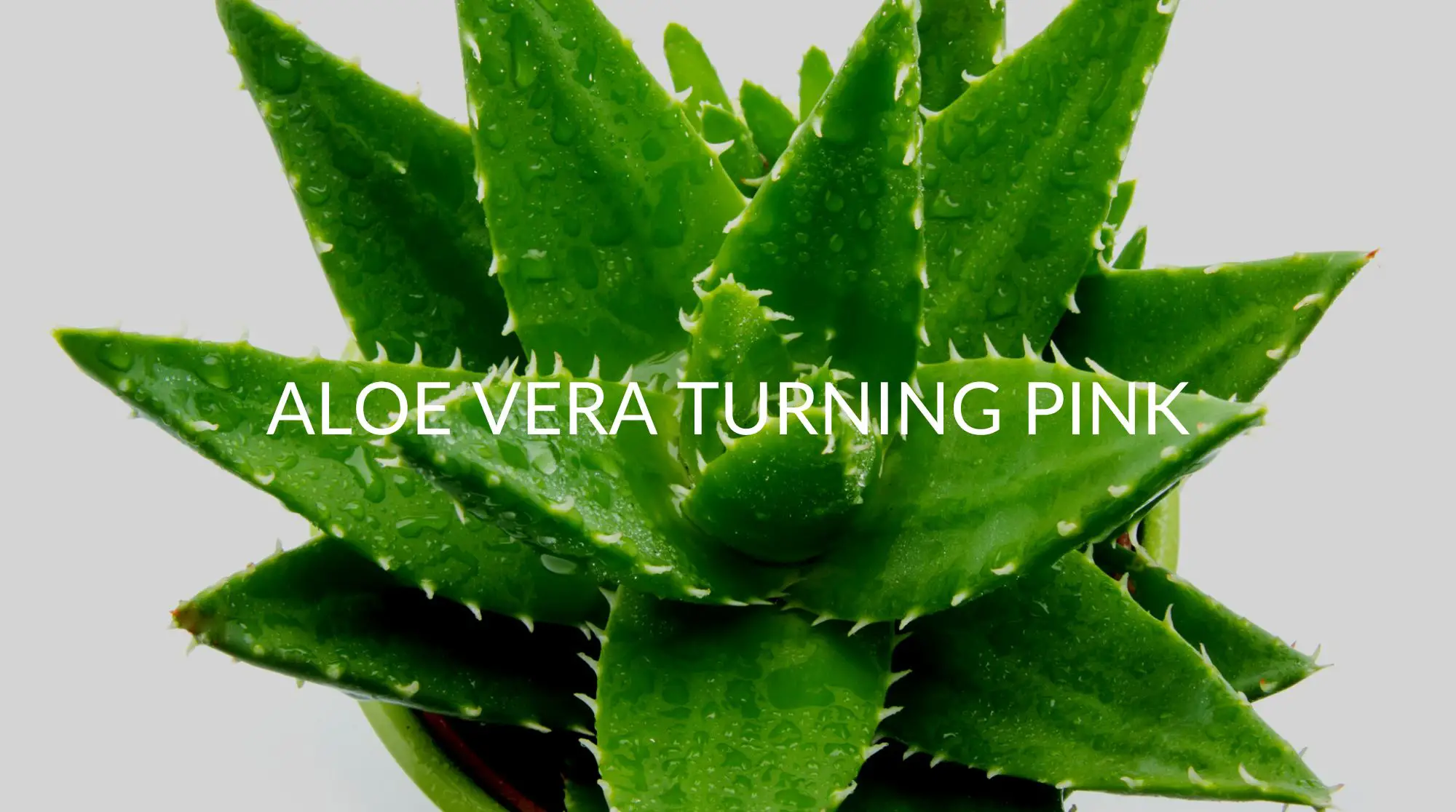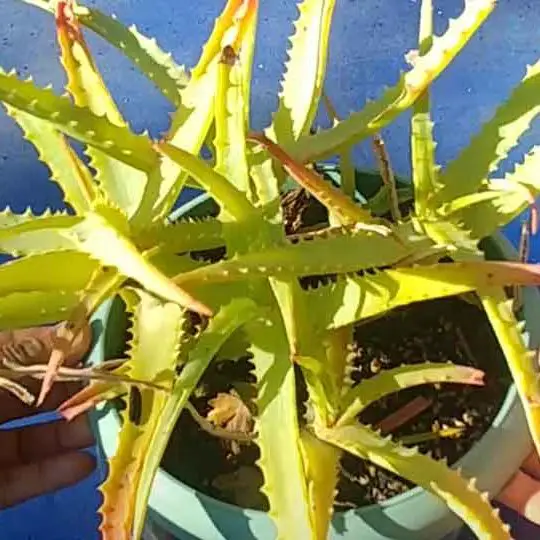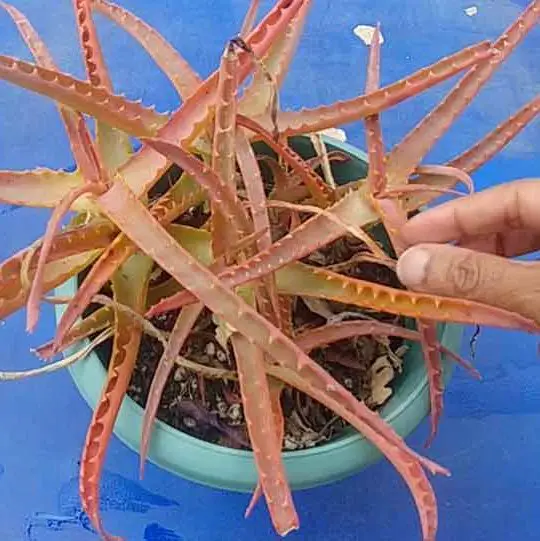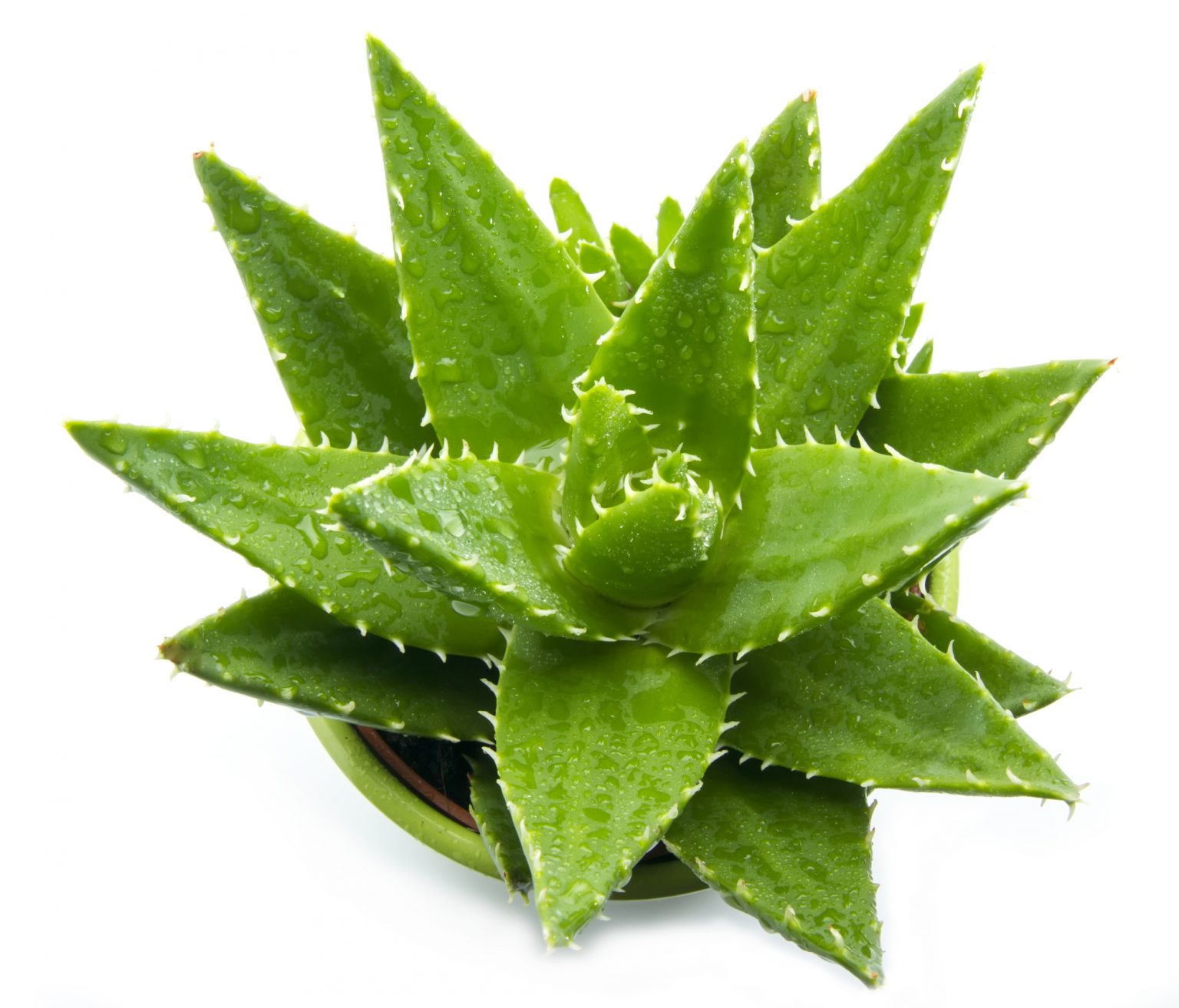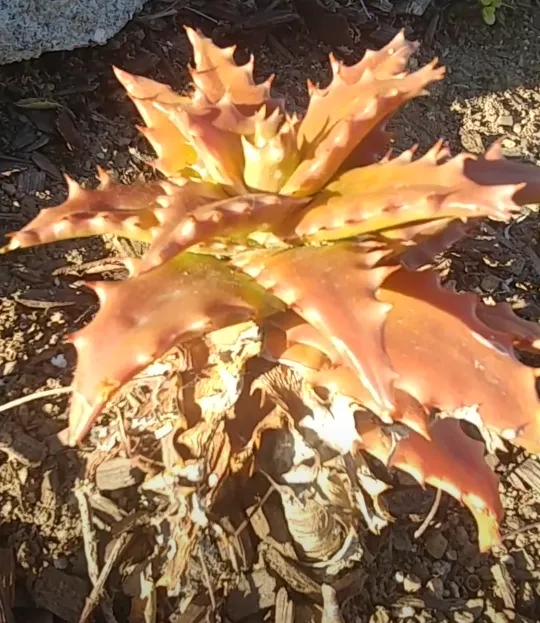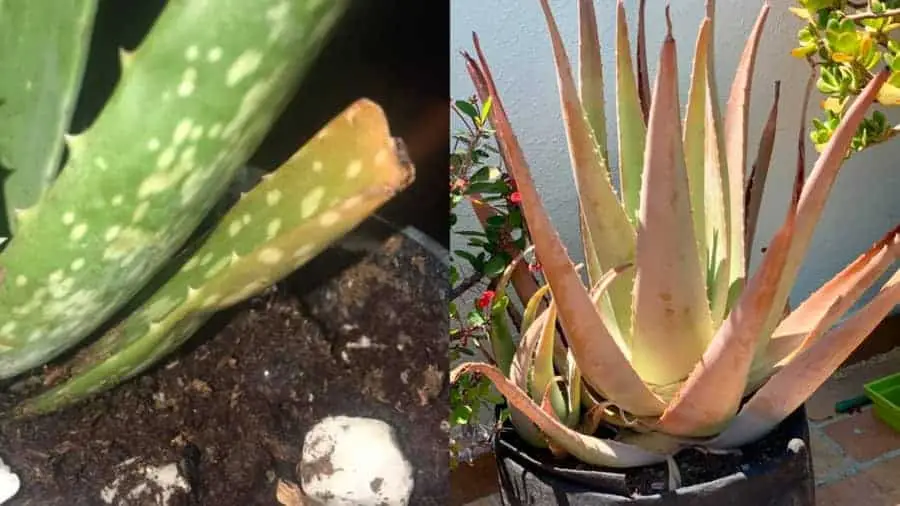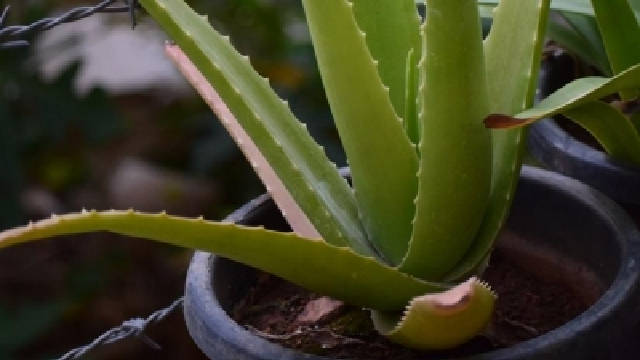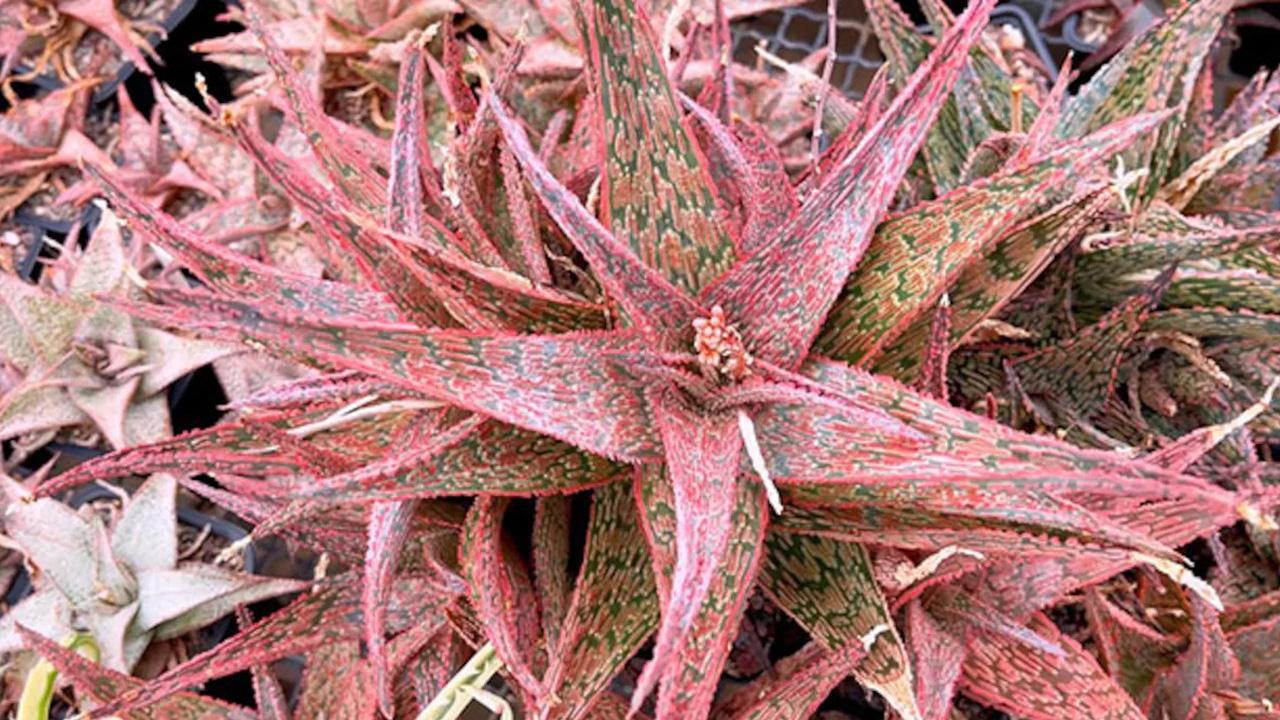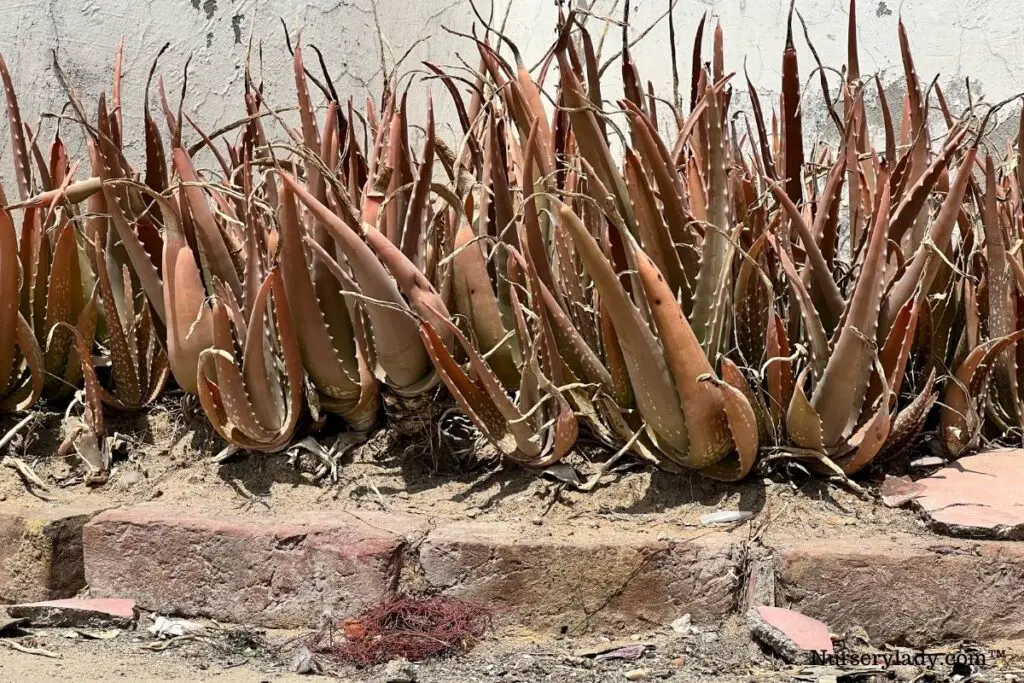Is It Bad If Aloe Vera Turns Pink
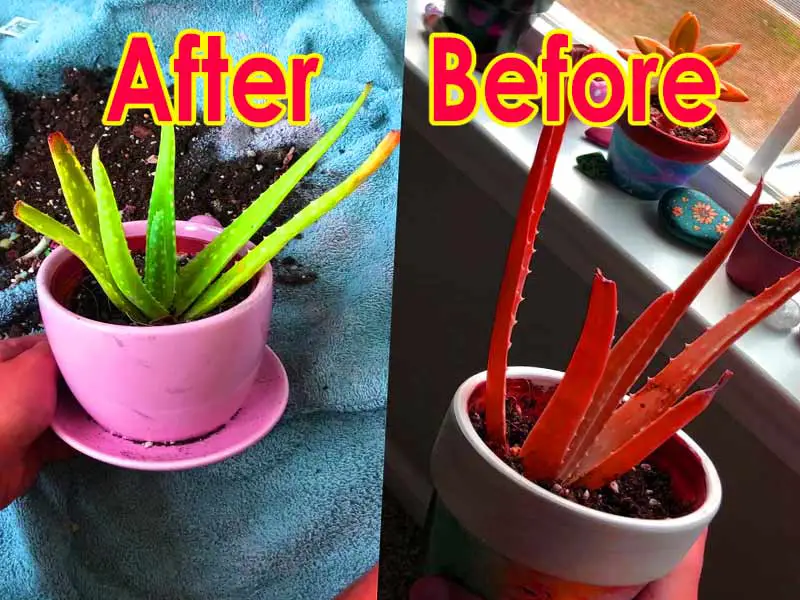
The sight of a lush, green aloe vera plant is a common symbol of health and healing. However, many aloe owners have been alarmed to find their plant's usually vibrant green leaves taking on a concerning pink hue. Is this a sign of serious illness, improper care, or simply a natural reaction?
This color change has prompted widespread concern among plant enthusiasts, leading to online forums flooded with questions and anxieties. The phenomenon underscores the need for clear, scientifically-backed information on aloe vera care and potential warning signs.
Understanding Aloe Vera Color Changes
Aloe vera's color can be a key indicator of its overall health and growing conditions. While the plant is known for its resilience, changes in leaf color, including turning pink, often signal environmental stressors.
These stressors can range from light exposure to water imbalances and even temperature fluctuations. Identifying the cause of the pink coloration is the first step toward rectifying the issue and restoring the plant's health.
The Role of Anthocyanins
The pink coloration is primarily attributed to the increased production of anthocyanins within the plant. Anthocyanins are pigments that are responsible for red, purple, and blue colors in many plants, fruits, and vegetables.
According to Dr. Emily Carter, a plant pathologist at the University of California, Davis, aloe vera produces anthocyanins as a protective mechanism.
"When an aloe vera plant experiences stress, whether from excessive sunlight, temperature fluctuations, or lack of water, it can trigger the production of anthocyanins. These pigments act as a natural sunscreen, protecting the plant's tissues from damage," explains Dr. Carter.
Sun Stress and Temperature Fluctuations
One of the most common reasons for aloe vera to turn pink is excessive sunlight exposure. While aloe vera needs sunlight to thrive, prolonged exposure to intense, direct sunlight can be detrimental, especially during peak hours.
Similarly, significant temperature fluctuations, particularly exposure to cold temperatures, can trigger the production of anthocyanins. Aloe vera plants prefer moderate temperatures, typically between 55°F and 80°F (13°C and 27°C).
Exposure to temperatures outside this range can lead to stress and subsequent color changes.
Watering Issues
Improper watering practices can also contribute to the pink coloration of aloe vera. Both underwatering and overwatering can stress the plant, potentially leading to anthocyanin production.
Underwatering can cause dehydration, which the plant responds to by producing anthocyanins to protect its tissues. Overwatering, on the other hand, can lead to root rot, hindering the plant's ability to absorb nutrients and triggering a similar stress response.
Is Pink Aloe Vera Bad?
The appearance of pink on an aloe vera plant is not necessarily a death sentence, but it's a clear signal that something is amiss. The severity of the issue depends on the underlying cause and the extent of the color change.
If the pink coloration is limited to the tips of the leaves and the plant otherwise appears healthy, it may indicate mild sun stress or slight temperature fluctuations. However, if the entire plant turns pink or the leaves become soft and mushy, it could be a sign of more severe stress or root rot.
Corrective Measures
When you notice your aloe vera turning pink, the first step is to assess its environment and care routine. Start by evaluating the amount of sunlight the plant receives.
If it is exposed to intense direct sunlight, move it to a location with filtered light or provide shade during peak hours. Also, ensure that the plant is not exposed to extreme temperature fluctuations.
Next, examine your watering practices. Allow the soil to dry out completely between waterings, and ensure the pot has adequate drainage to prevent root rot. Adjust your watering schedule based on the plant's specific needs and the environmental conditions.
Finally, consider the quality of the soil. Aloe vera prefers well-draining soil, such as a cactus or succulent mix. Repotting the plant with fresh soil can improve drainage and provide essential nutrients.
Expert Opinions
"The key to successful aloe vera care is understanding its natural environment and mimicking those conditions as closely as possible," says Sarah Johnson, a horticulturalist at the Desert Botanical Garden.
She emphasizes the importance of providing adequate light, proper watering, and well-draining soil. "By addressing these factors, you can prevent stress and maintain the health of your aloe vera plant."
Dr. Carter adds, "Regularly inspect your aloe vera plant for any signs of stress, such as color changes, soft leaves, or wilting. Early detection allows you to take corrective measures before the issue becomes more severe."
Conclusion
While a pink aloe vera plant can be alarming, it's not necessarily a cause for panic. It's a signal from the plant that it's experiencing some form of stress.
By carefully assessing the growing conditions and making necessary adjustments to light exposure, watering practices, and soil quality, it’s possible to restore the aloe vera plant back to its vibrant green color and ensure its continued health. Observing your aloe vera and responding proactively to its needs will help you keep it thriving for years to come.
